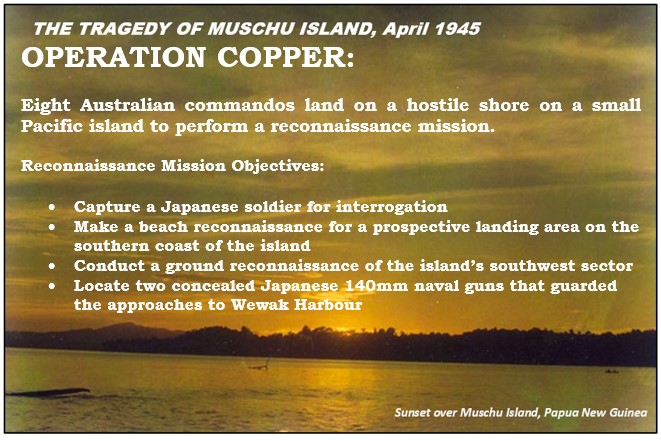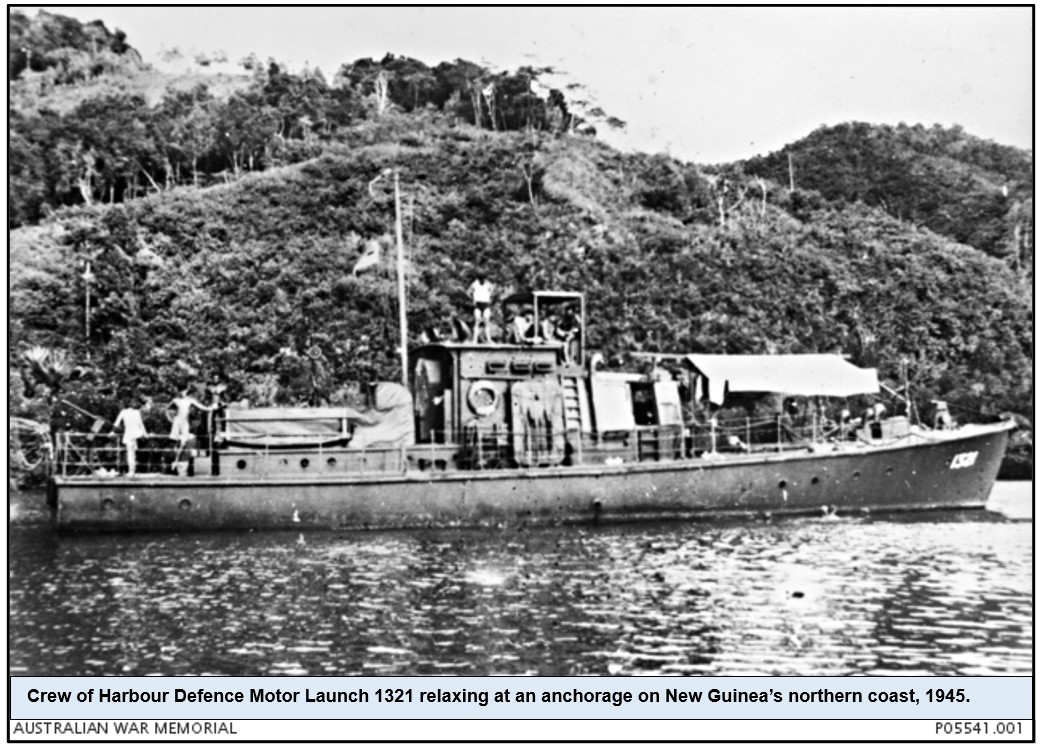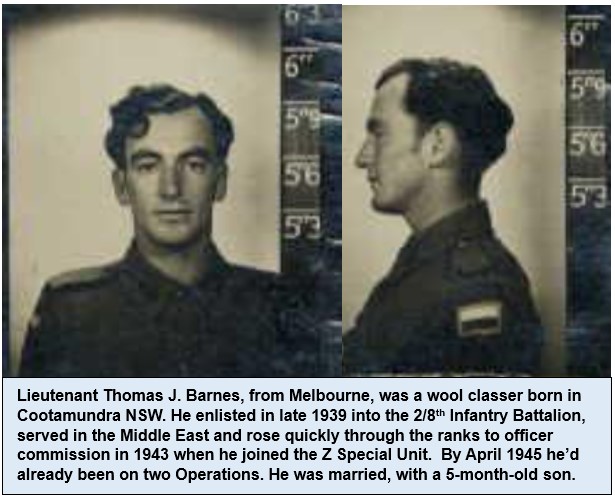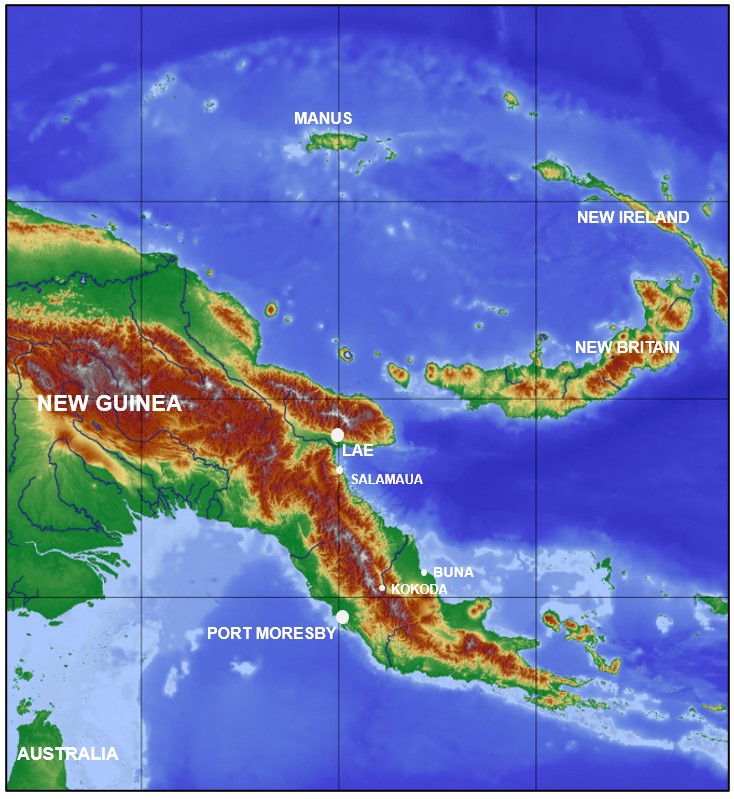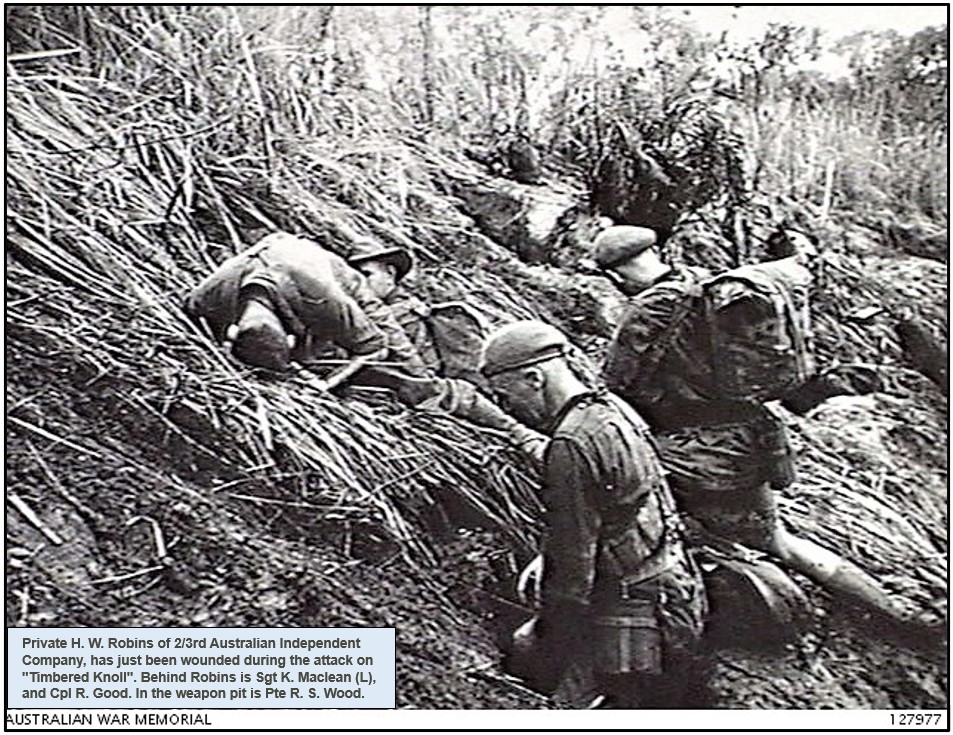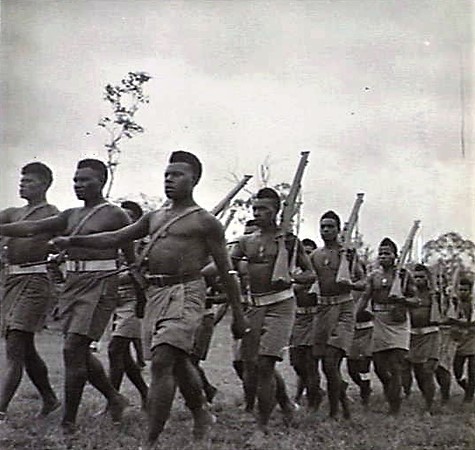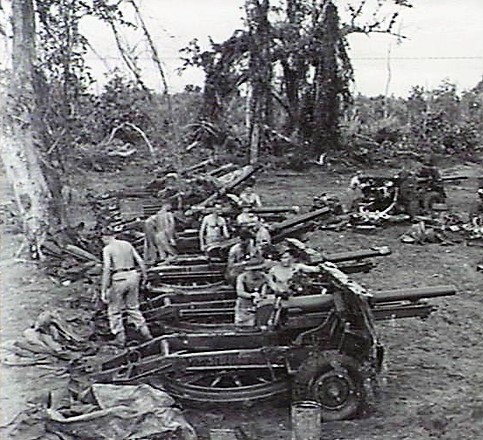The Fijians on Bougainville
Thread
1/17
The First Commando #Fiji Guerrillas had so impressed the American South Pacific Command while fighting in 1942-43 in the Central Solomons that Fijian Commandos and a Fijian Battalion were requested to join them on Bougainville in late 1943.
Thread
1/17
The First Commando #Fiji Guerrillas had so impressed the American South Pacific Command while fighting in 1942-43 in the Central Solomons that Fijian Commandos and a Fijian Battalion were requested to join them on Bougainville in late 1943.

Dec 1943: When XIV Corps took over the Torokina base from the 3rd US Marines, Maj-Gen Oscar Griswold was concerned about the inability of his raw units to gather intelligence in the harsh tropical conditions.
He’d seen the “Pacific Scouts” in action in the early Solomons actions.
He’d seen the “Pacific Scouts” in action in the early Solomons actions.

3/
Due to the Fijians’ clearly superior jungle skills, they were given scouting and harassment roles behind enemy lines in the dense wooded hills.
Aerial surveillance was inadequate so the Fijians sought out enemy locations on long patrols, frequently skirmishing with the enemy.
Due to the Fijians’ clearly superior jungle skills, they were given scouting and harassment roles behind enemy lines in the dense wooded hills.
Aerial surveillance was inadequate so the Fijians sought out enemy locations on long patrols, frequently skirmishing with the enemy.

Bruce Dent, a theology student from Timaru NZ, was a platoon leader attached to the Fijian Commandos.
They had trained in jungle warfare at Navua area of Fiji.
Days after arrival at Torokina his unit was tasked with reconnoitring the east coast, far beyond the American perimeter.
They had trained in jungle warfare at Navua area of Fiji.
Days after arrival at Torokina his unit was tasked with reconnoitring the east coast, far beyond the American perimeter.

His unit established a remote mountain outpost at Ibu. One of Dent’s tasks was to return to Torokina, then fly missions with US dive-bombers, guiding attacks on well-concealed enemy strongpoints which his #Fijian platoon had discovered on dangerous patrols far beyond their lines. 

Jan 1944: Dent led a notable patrol, "a model of jungle patrol work and leadership".
His 23 men silently approached Pipipaia village, far to the east.
Three Japanese snipers in trees opened fire.
The Fijians shot them, only to find that they were in a hidden enemy bivouac area.
His 23 men silently approached Pipipaia village, far to the east.
Three Japanese snipers in trees opened fire.
The Fijians shot them, only to find that they were in a hidden enemy bivouac area.

7/
Dozens of alarmed Japanese now ran from hut to hut, climbing trees and darting into the undergrowth.
The Fijians quickly deployed, flanking the village and using their rifles, Owens & grenades.
15 minutes of gunfire and movement; 2 MGs were silenced and numerous Japanese fell.
Dozens of alarmed Japanese now ran from hut to hut, climbing trees and darting into the undergrowth.
The Fijians quickly deployed, flanking the village and using their rifles, Owens & grenades.
15 minutes of gunfire and movement; 2 MGs were silenced and numerous Japanese fell.

The Fijians ceased fire.
A long silence.
Finally the Japanese cautiously emerged from cover believing the Fijians had left.
17yo Pte Biame Ratu crept forward and threw grenades into the enemy HQ hut, killing 3.
47 other Japanese were mowed down.
The Fijians withdrew without loss.
A long silence.
Finally the Japanese cautiously emerged from cover believing the Fijians had left.
17yo Pte Biame Ratu crept forward and threw grenades into the enemy HQ hut, killing 3.
47 other Japanese were mowed down.
The Fijians withdrew without loss.

9
Days later, on 6th/7th Feb 1944, 2/Lt Dent’s men detected a large Japanese ambush while reconnoitring the same area.
Dent decided to attack.
After a fierce skirmish they withdrew with no casualties.
For his shrewd leadership in these actions Dent was awarded the Military Cross.
Days later, on 6th/7th Feb 1944, 2/Lt Dent’s men detected a large Japanese ambush while reconnoitring the same area.
Dent decided to attack.
After a fierce skirmish they withdrew with no casualties.
For his shrewd leadership in these actions Dent was awarded the Military Cross.

March 1944: Japanese 17th Army went on the offensive against Torokina (American XIV Corps coastal base on Bougainville).
The Fijian Battalion carefully withdrew in small groups on narrow tracks through the advancing Japanese.
Torokina’s perimeter defences came under heavy attack.
The Fijian Battalion carefully withdrew in small groups on narrow tracks through the advancing Japanese.
Torokina’s perimeter defences came under heavy attack.

Once back in Torokina, Fijian patrols often ventured far beyond the perimeter on reconnaissance or fighting missions.
They would call in airstrikes or naval bombardment action - on some occasion this proved deadly with Fijian troops being injured or killed by the ‘friendly fire’.
They would call in airstrikes or naval bombardment action - on some occasion this proved deadly with Fijian troops being injured or killed by the ‘friendly fire’.

For weeks, aggressive Japanese attacks were driven back.
One desperate midnight "narrow wedge" banzai attack penetrated 300 yds.
Perimeter was finally restored after many hours of close hand-to-hand fighting.
Many snipers, still inside the US perimeter, caused several casualties.
One desperate midnight "narrow wedge" banzai attack penetrated 300 yds.
Perimeter was finally restored after many hours of close hand-to-hand fighting.
Many snipers, still inside the US perimeter, caused several casualties.

13
March 23: The Fijian Battalion left Torokina's safe perimeter to reconnoitre in force in front of the beleaguered US 129th Regiment's 2nd Battalion.
The Fijians’ careful patrolling located a large concealed enemy bivouac, so US artillery and dive-bombing could then destroy it.
March 23: The Fijian Battalion left Torokina's safe perimeter to reconnoitre in force in front of the beleaguered US 129th Regiment's 2nd Battalion.
The Fijians’ careful patrolling located a large concealed enemy bivouac, so US artillery and dive-bombing could then destroy it.

March 25: Fijian scouts ventured further and soon came under heavy fire from enemy entrenched on a low hill.
2/Lt Dent’s ‘A’ Company was sent out to deal with it.
It had a swamp on one side and a minefield on the other.
They made a frontal attack and suffered several casualties.
2/Lt Dent’s ‘A’ Company was sent out to deal with it.
It had a swamp on one side and a minefield on the other.
They made a frontal attack and suffered several casualties.

After attempting for hours to dislodge enfilading hidden enemy machine-guns, the Fijians withdrew and called in artillery.
After a heavy barrage the Fijians advanced under fire and secured the hill.
The MG posts were silenced, 3 Japanese prisoners taken, and a 75 mm gun captured.
After a heavy barrage the Fijians advanced under fire and secured the hill.
The MG posts were silenced, 3 Japanese prisoners taken, and a 75 mm gun captured.

2/Lt' Dent’s “A” Company lost 14 men wounded and one killed in the hard, day-long action.
The man killed was Company Commander; 2nd Lieut. Bruce Dent, M.C.
He had been leading his men from the front.
Dent was 22 years old, an only son, and pre-war, a prospective theologian.
END


The man killed was Company Commander; 2nd Lieut. Bruce Dent, M.C.
He had been leading his men from the front.
Dent was 22 years old, an only son, and pre-war, a prospective theologian.
END



• • •
Missing some Tweet in this thread? You can try to
force a refresh





